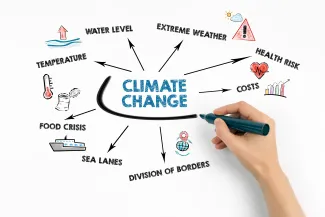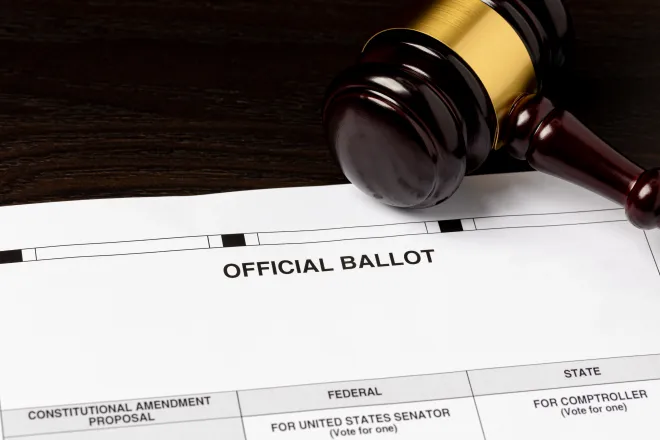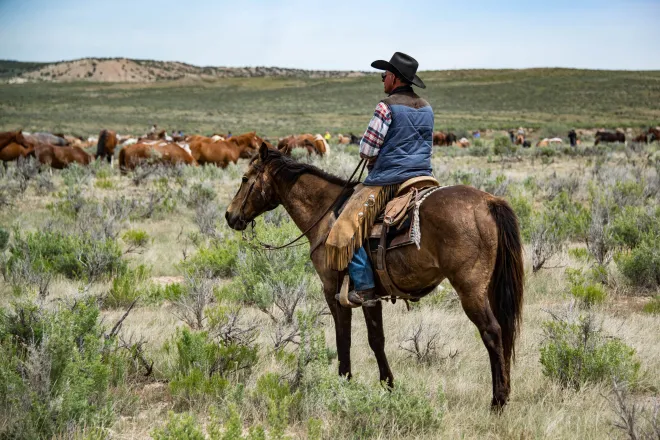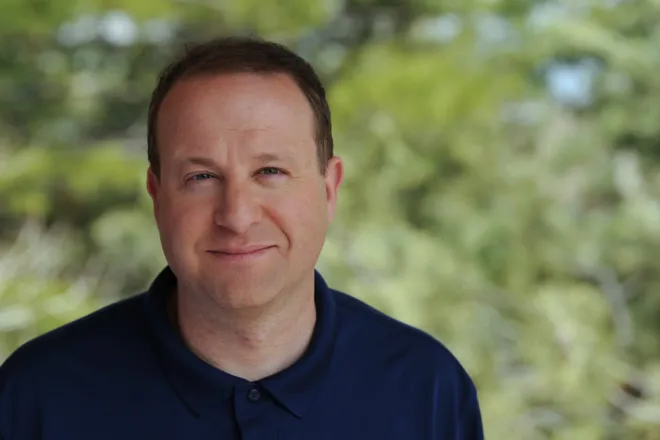
EarthTalk - What is ‘pre-bunking’ when it comes to climate change?
© iStock
Dear EarthTalk:
What is “pre-bunking” when it comes to climate change?
J.D., Albany, NY
The act of pre-bunking has grown in popularity, especially since the 2020 election. It is a way to combat misinformation by warning people about it before they encounter it online or in real life. It attempts to anticipate false claims and provide accurate information to counter them. The strategy comes from a branch of social psychology research called inoculation theory. The theory is similar to that of countering vaccination conspiracies. If you can learn more about a certain topic, you will be more prepared in the future to think critically about any information regarding said topic.
Despite increasing physical and scientific evidence proving climate change, misinformation still spreads like wildfire. Politicians and conspiracy theorists consistently spread false information online and offline. While debunking misinformation is a commonly used tool it often doesn’t work well enough to fully combat the issue. You also run the risk of giving misinformation credibility when you have to debunk it.

Pre-bunking focuses on targeting broader concepts rather than specific claims. When specific claims are targeted, it is hard to avoid triggering partisan or emotional reactions. In order to successfully utilize pre-bunking, you must first choose which lie to pre-bunk. Some misinformation is more dangerous than others, so it is important to choose the lie that will be most impactful to dispel. One of the most effective techniques is to then create a “truth sandwich.” Lead with the facts of the matter, then introduce the lie and why someone would lie about it. Lastly, end the sandwich with another fact.
Here’s an example of a common claim and how to pre-bunk it: One claim is that the government was using wildfires as an excuse to increase climate regulations. To pre-bunk this claim first it must be explained that this theory is likely to circulate. Second, point out how conspiracy theorists used the same idea to claim that COVID-19 lockdowns were a government scheme to prepare people for climate lockdowns, an event that never happened. Last, show how government agencies often communicate openly about the reasoning behind climate regulations and how they are utilized to avoid the maximum damage.
How effective is pre-bunking really? Enough evidence supports the use of pre-bunking that Twitter and Google are both embracing the strategy on their platforms. At Google a team of academic psychologists have conducted experiments using 90-second videos explaining common misinformation tactics. The study found that showing people the videos made them better at spotting misinformation tactics, and less likely to circulate posts containing these tactics. Giving people the tools to spot and critique content online is crucial to fighting misinformation. Like anything else, pre-bunking isn’t a guaranteed solution.
Misinformation isn’t going to just disappear, but unless attempts are made to combat it, misinformation will only grow stronger.
CONTACTS
- What is ‘prebunking’—and how to do it to help advance EVs, https://www.edf.org/what-prebunking-and-how-do-it-help-advance-evs
- False information is everywhere. 'Pre-bunking' tries to head it off early, https://www.npr.org/2022/10/28/1132021770/false-information-is-everywhere-pre-bunking-tries-to-head-it-off-early
- Can we be inoculated against climate misinformation? Yes – if we prebunk rather than debunk, https://theconversation.com/can-we-be-inoculated-against-climate-misinformation-yes-if-we-prebunk-rather-than-debunk-215815.
EarthTalk® is produced by Roddy Scheer & Doug Moss for the 501(c)3 nonprofit EarthTalk. See more athttps://emagazine.com. To donate, visit https://earthtalk.org. Send questions to: question@earthtalk.org.
















